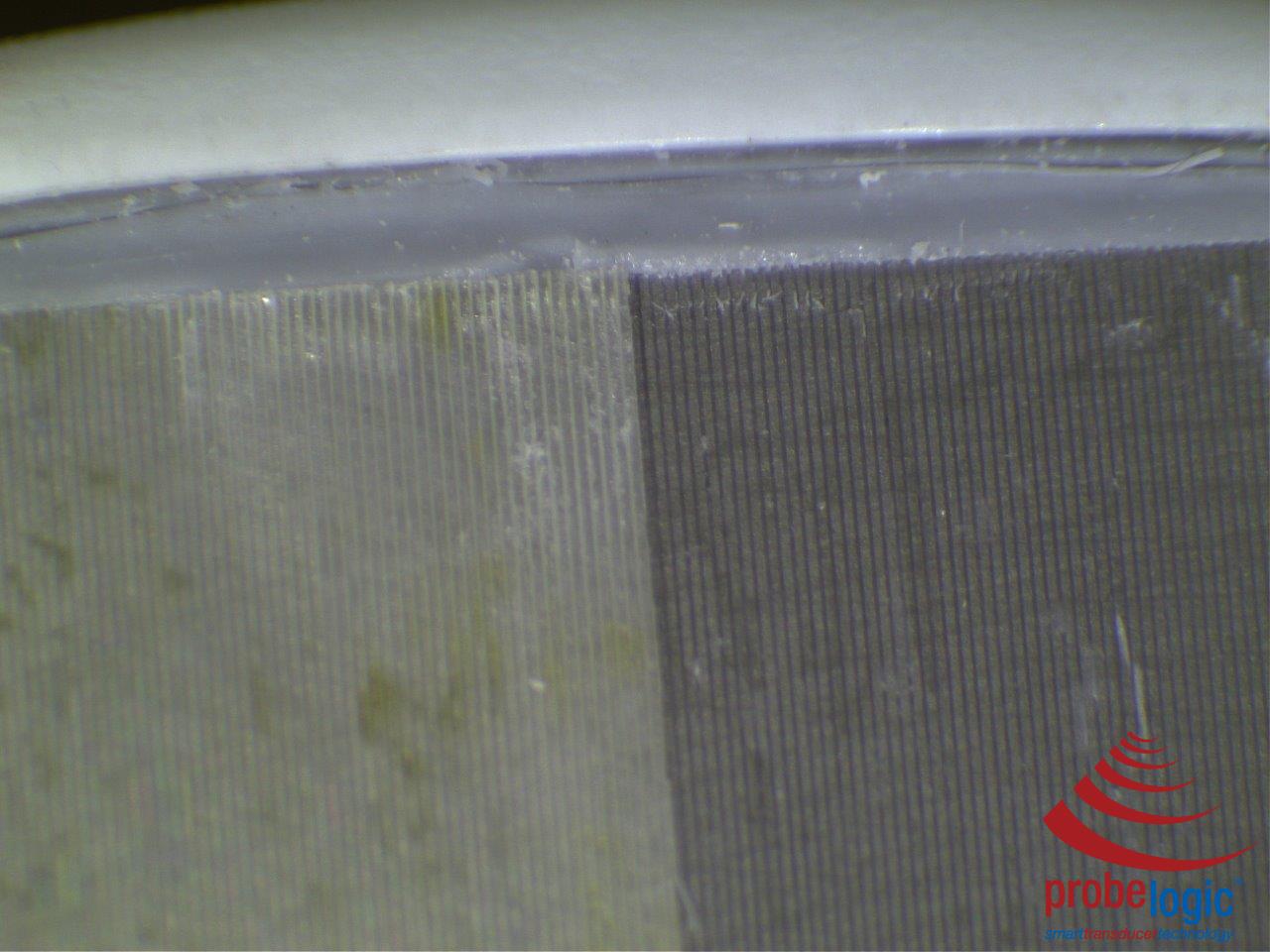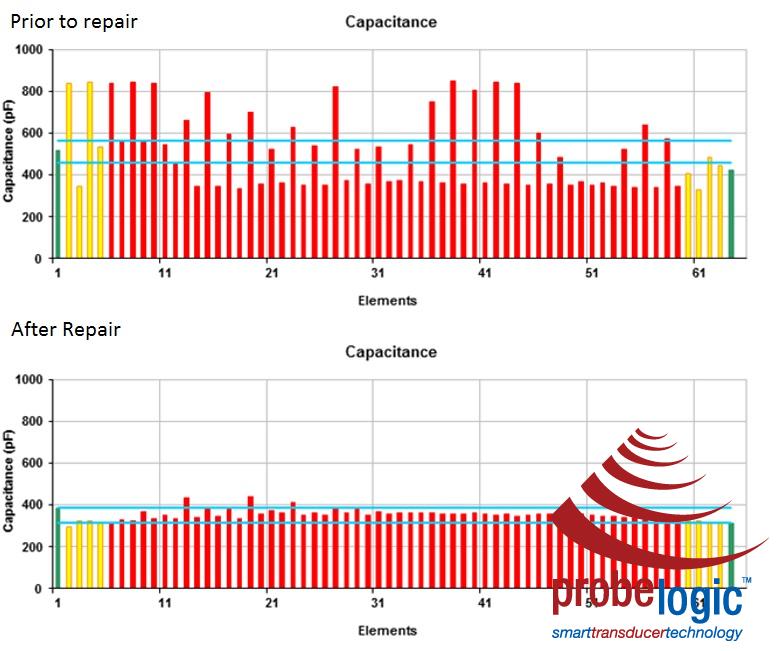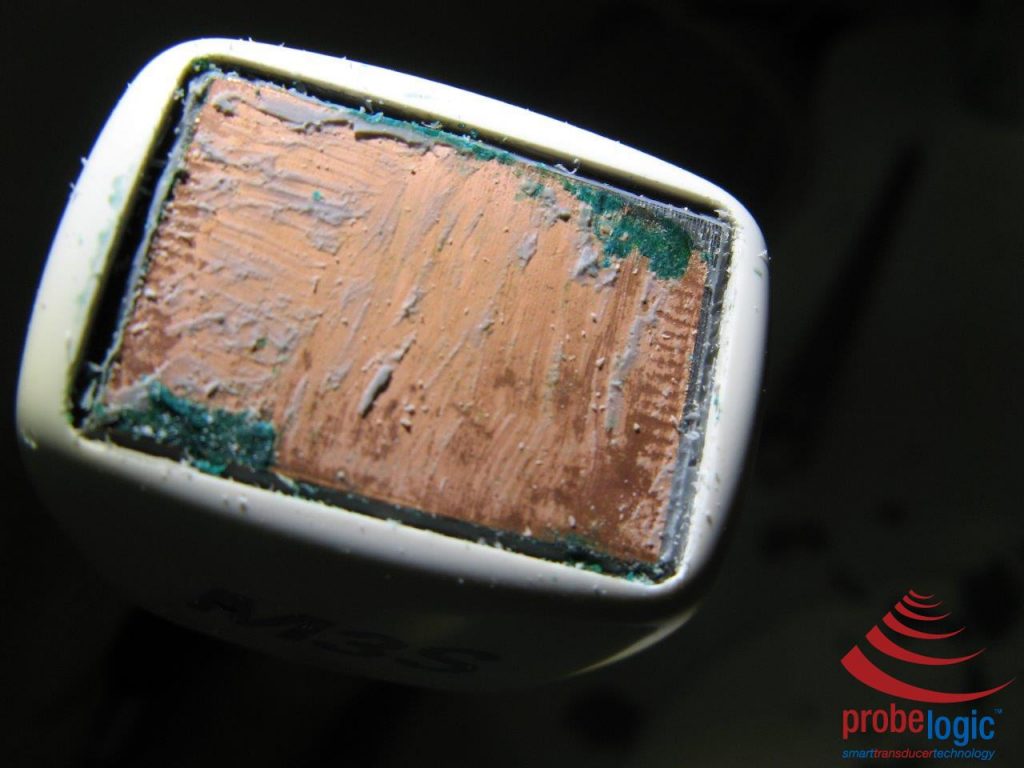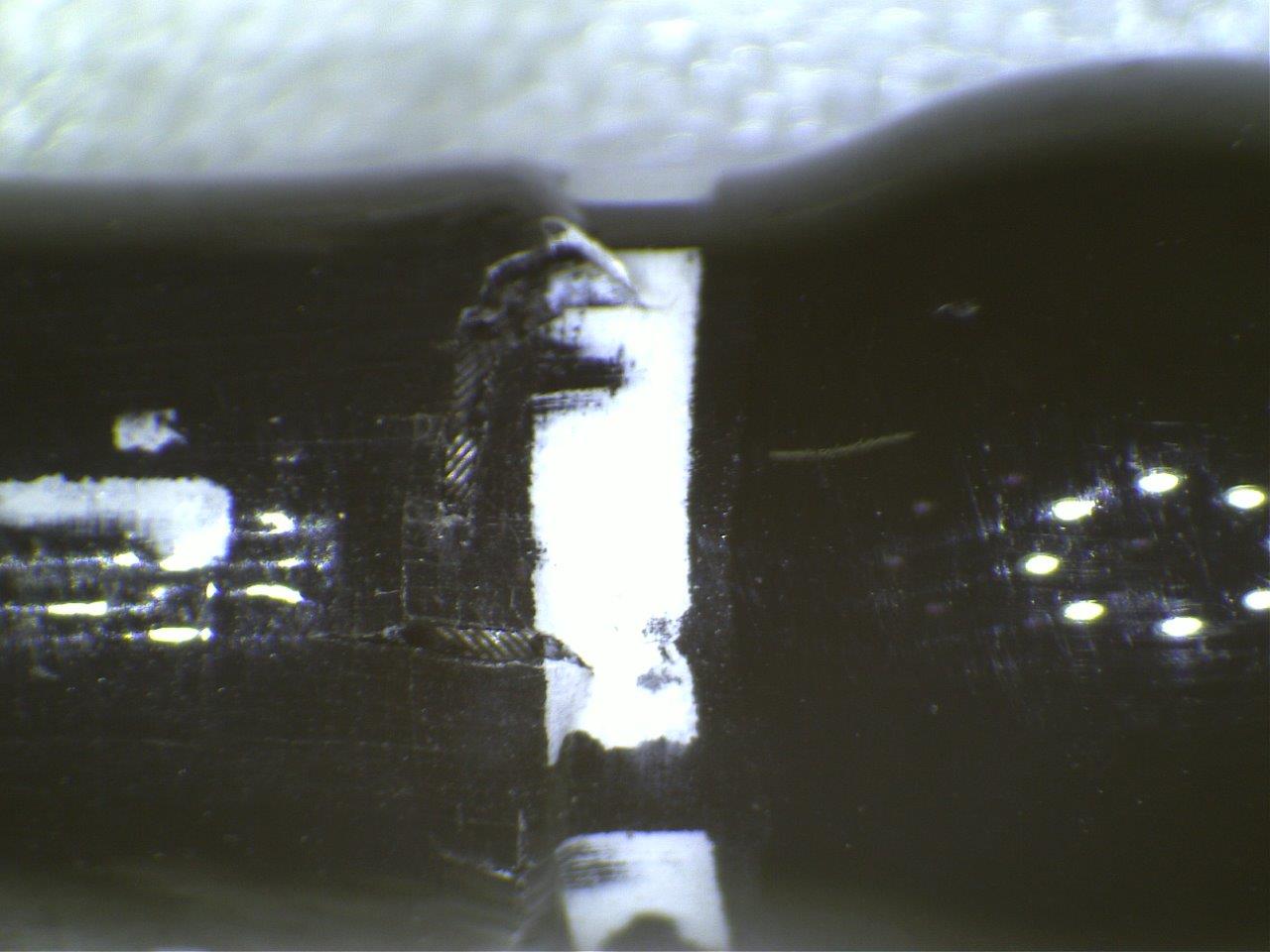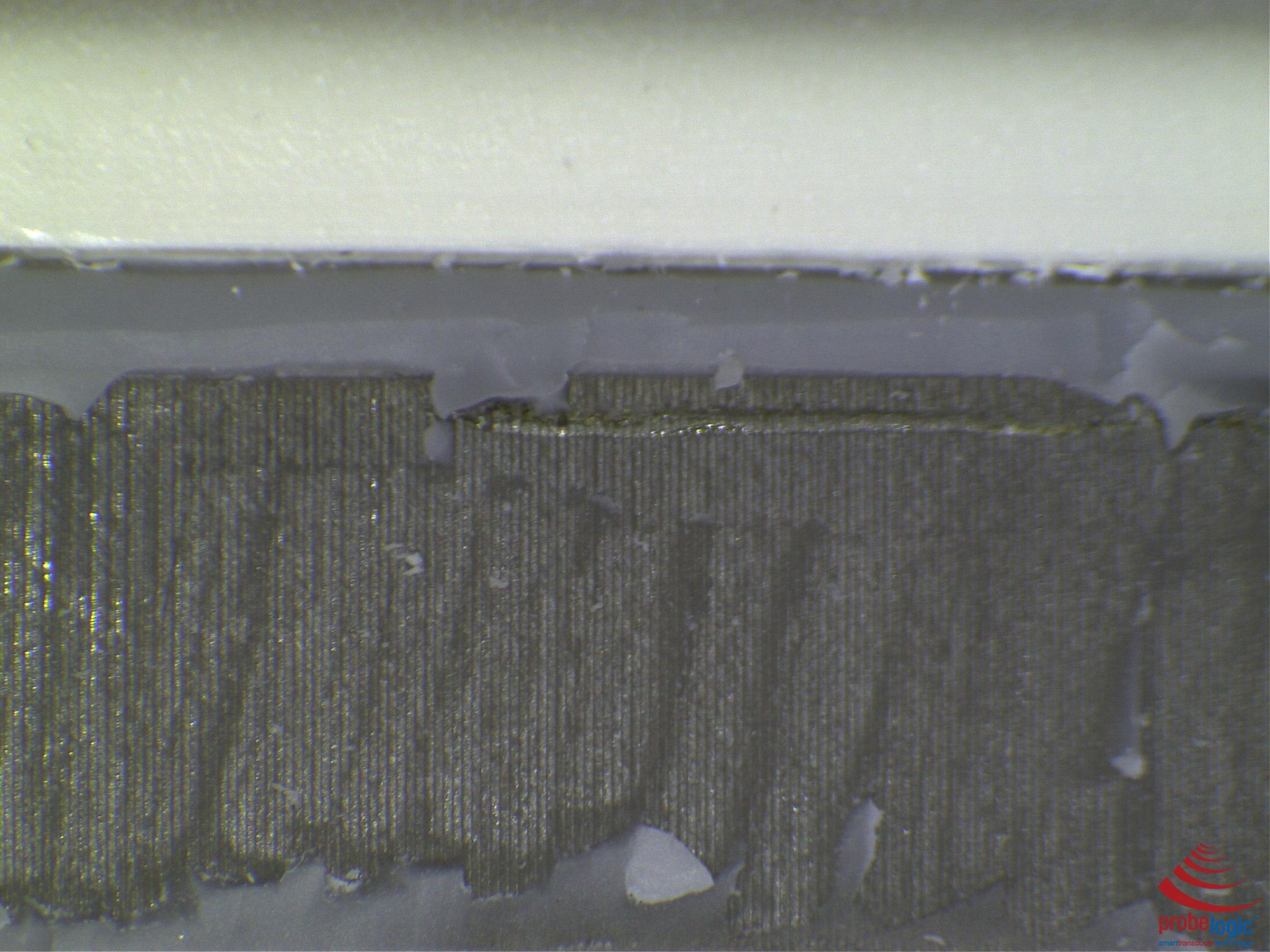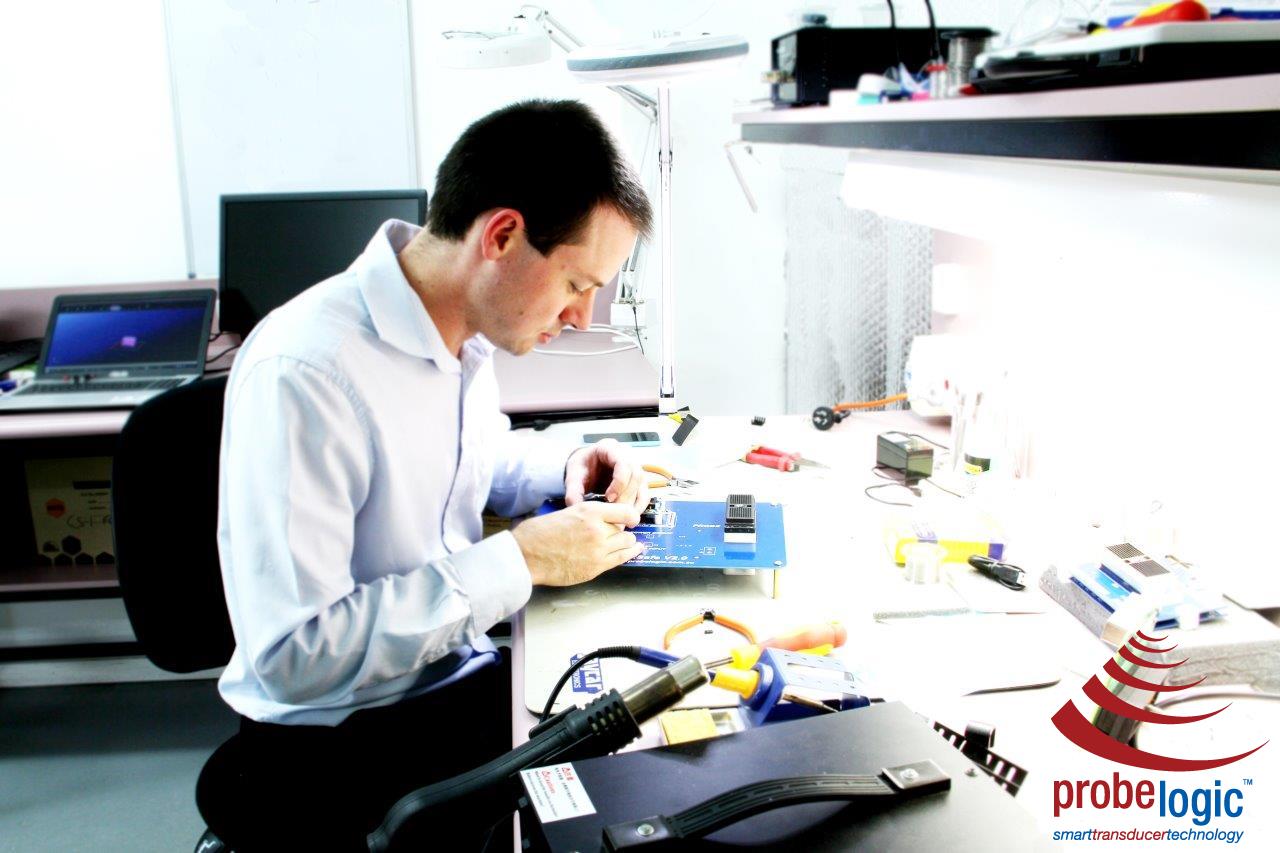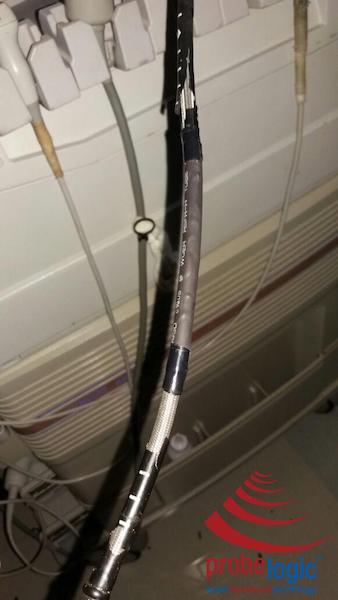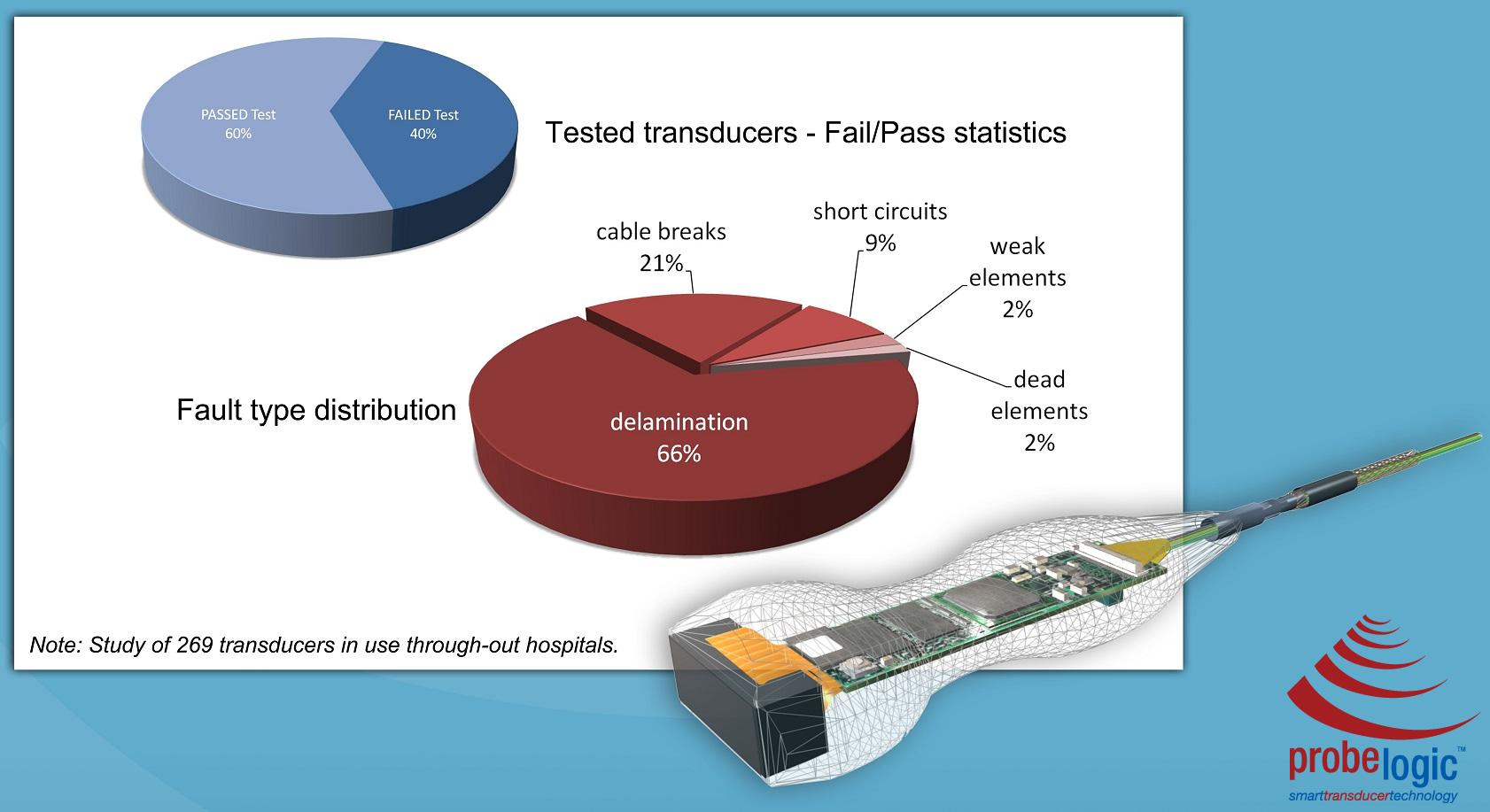You have probably heard us speak of a matching layer between the acoustic array and the lens of the probe. What is this mysterious layer? The matching layer helps to couple the acoustic impedance of the lens material with the acoustic impedance of the array itself....
